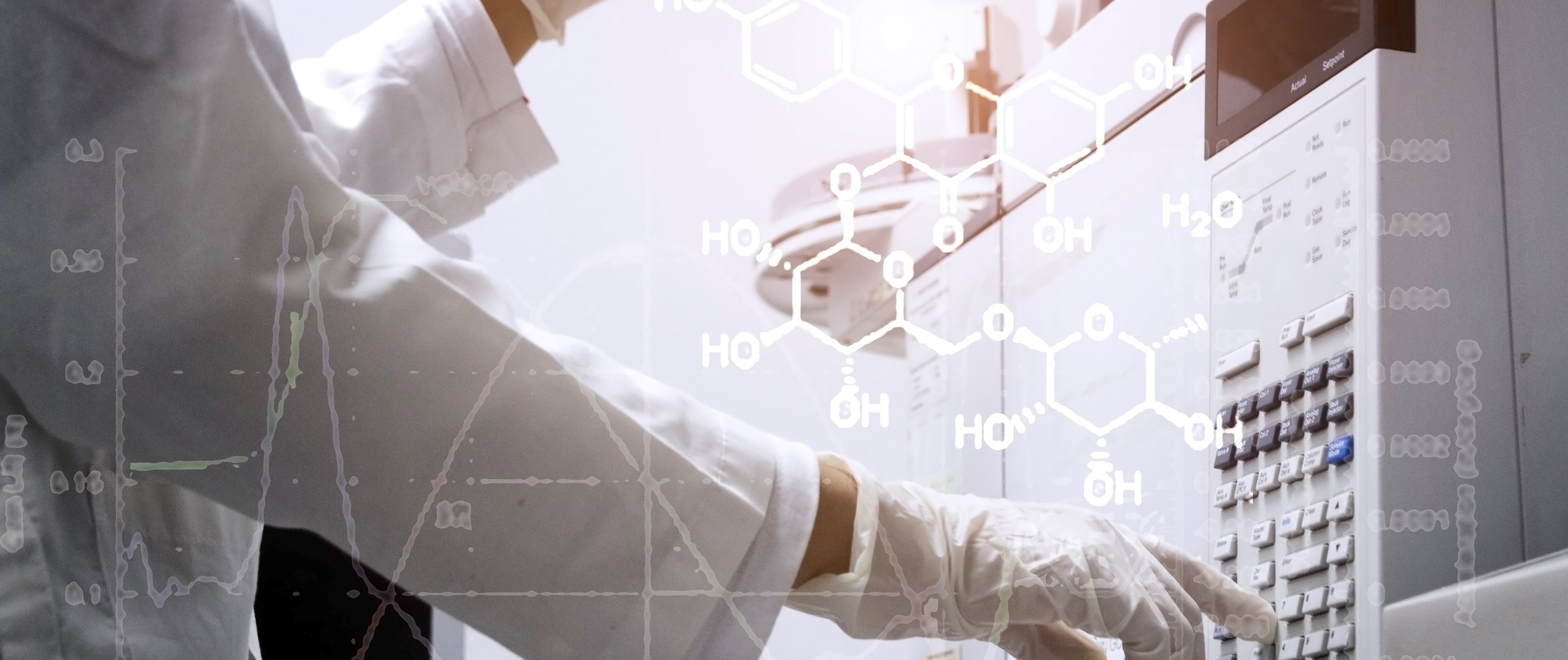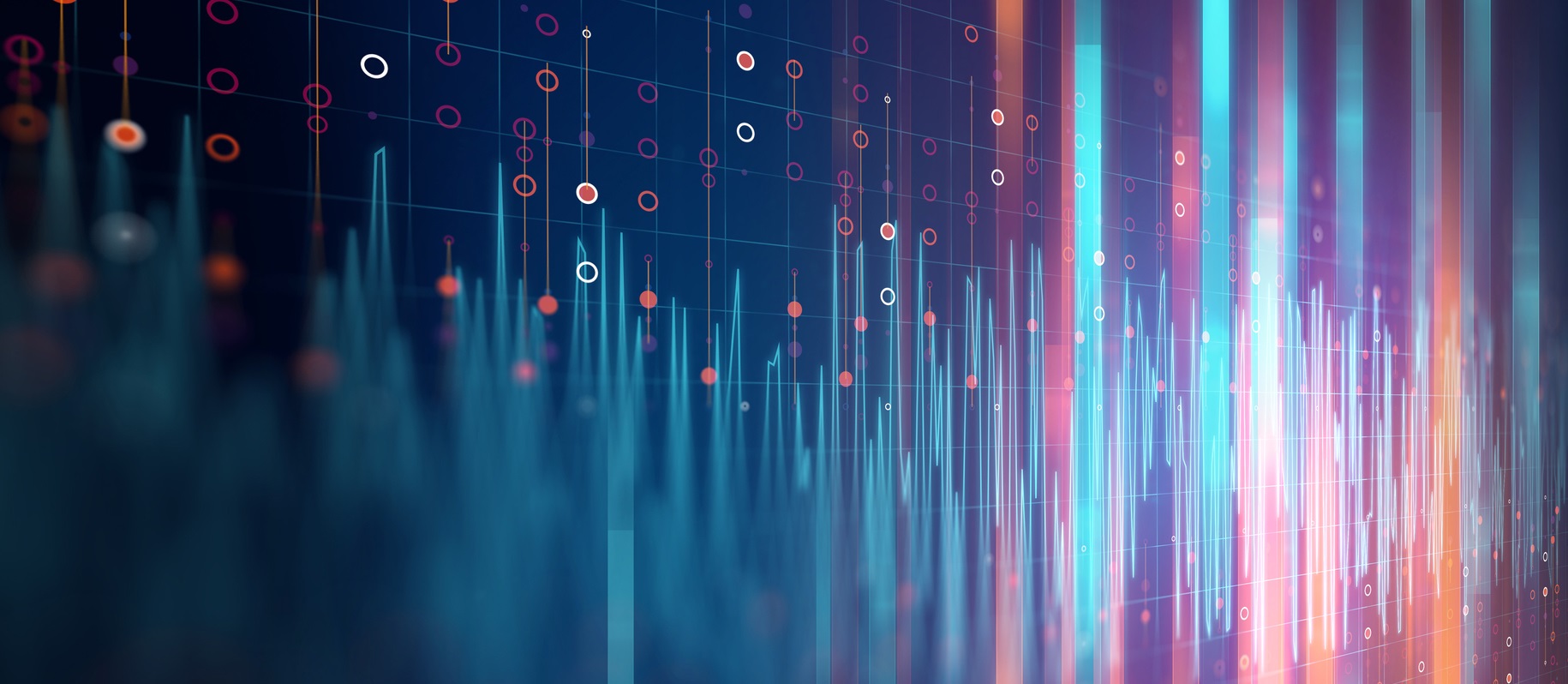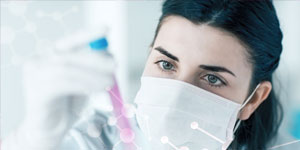Dissolved Gases

What are the likely Gases in Purified Water?
The main gases dissolved in purified water are oxygen and nitrogen, carbon dioxide, plus traces of inert gases, all in equilibrium with ambient air. Precise levels will depend on temperature, pressure and location but, typically, at 25°C it will contain 13ppm nitrogen, 8ppm oxygen and 0.05ppm argon. The carbon dioxide is removed by ion-exchange within the purification system but will be reabsorbed once the water is exposed to ambient air.
Where do Gases come from?
Dissolved oxygen and nitrogen and inert gases will pass straight through reverse osmosis membranes, UV light, micro and ultra-filters, ion exchange resins and electro-deionisation (EDI) units and do not use any of the capacity of the purification media. Most water purification systems do not add technologies to remove them. This is because ppm levels of these gases do not interfere significantly with most applications and most purified water comes in contact with the atmosphere during transfer and use, allowing re-dissolution of any gases removed. Purified water, therefore, contains similar levels of these gases to the feed water. Carbon dioxide, which can be present in relatively high concentrations, also originates in the feed-water but is removed by ion exchange and does not usually redissolve into the purified water to the same degree.
What Applications do Gases affect?
Oxygen and nitrogen can form bubbles in systems where there are major changes in pressure or temperature, such as HPLC, where they can block or partially block pumps, fine tubing, filters, atomisers and LC columns and detectors, causing problems with many techniques including HPLC, ICP-MS, IC, ICP-OES, LC-MS and clinical analysers. Carbon dioxide will affect the pH and the resistivity of the water and can cause erroneous signals in the detectors of some analysers.
How are Gases Monitored?
Dissolved oxygen can be monitored on-line. Carbon dioxide will reduce the resistivity of the water. If the resistivity approaches 18.2MΩ.cm the carbon dioxide concentration will be very low.
What Levels are Important?
The significance of impurities depends on the application. For most applications dissolved oxygen and nitrogen have little impact. For those that they affect, degassing techniques are carried out within the analytical equipment, usually by vacuum degassing or purging with helium.
How does ELGA Remove Gases?
In ELGA systems carbon dioxide in the feed-water is removed by anion-exchange resins where it is absorbed as bicarbonate and carbonate ions. Optional degasser components are also available in both the PURELAB and MEDICA ranges; these can be fitted to allow treatment of feed waters containing CO2 at high levels.



